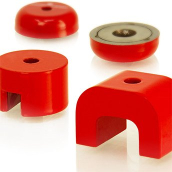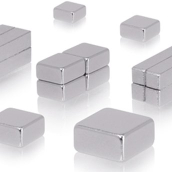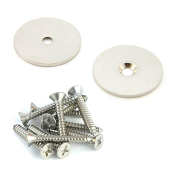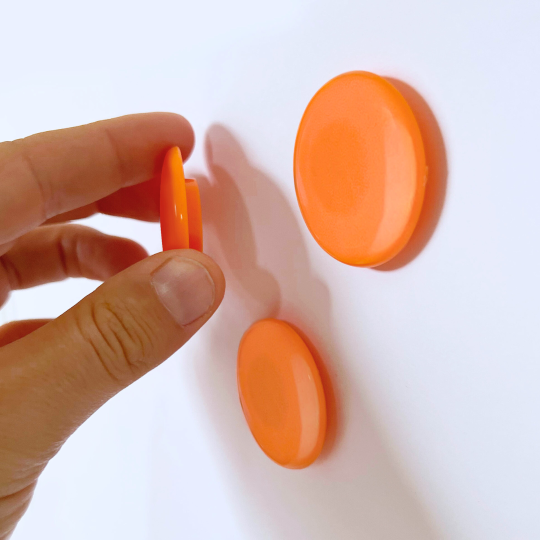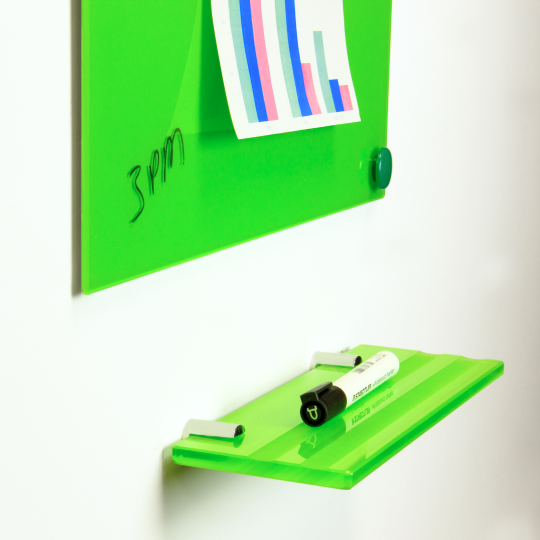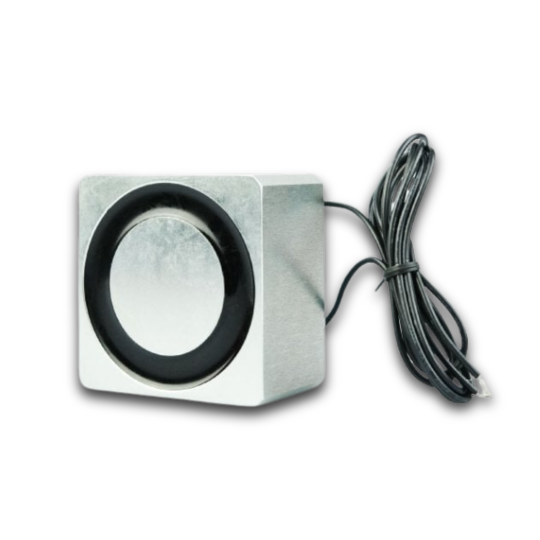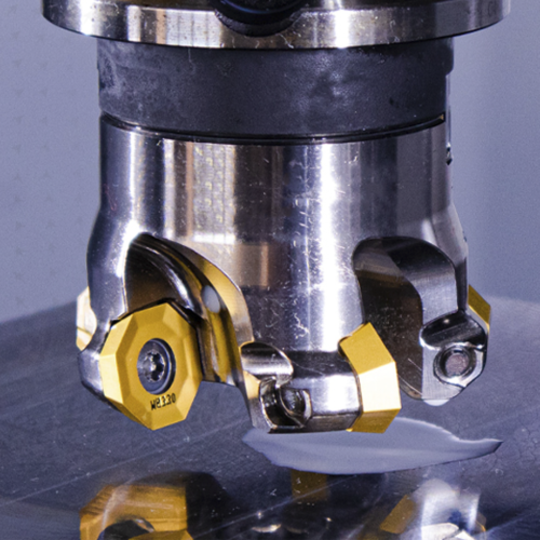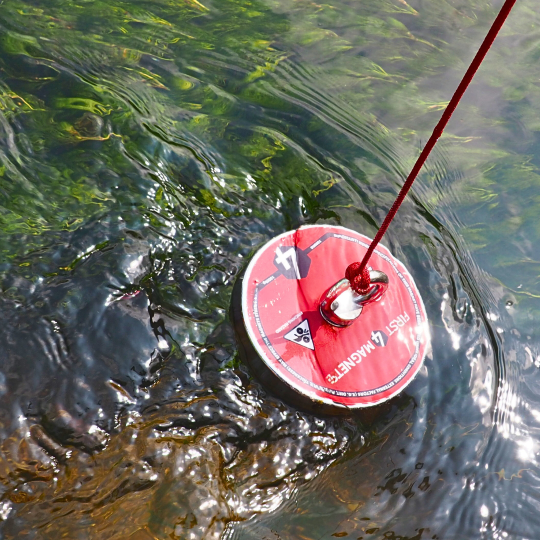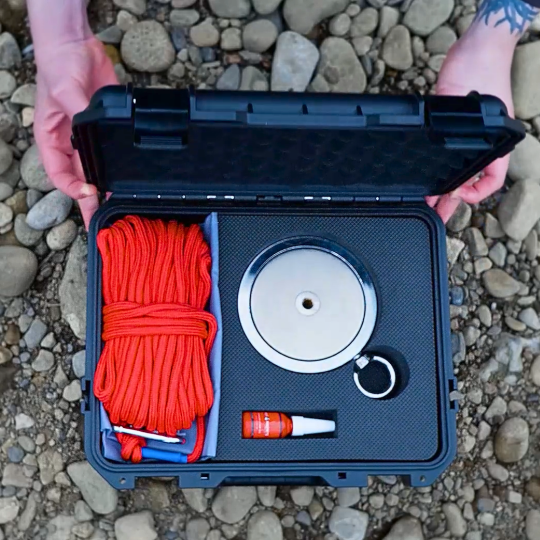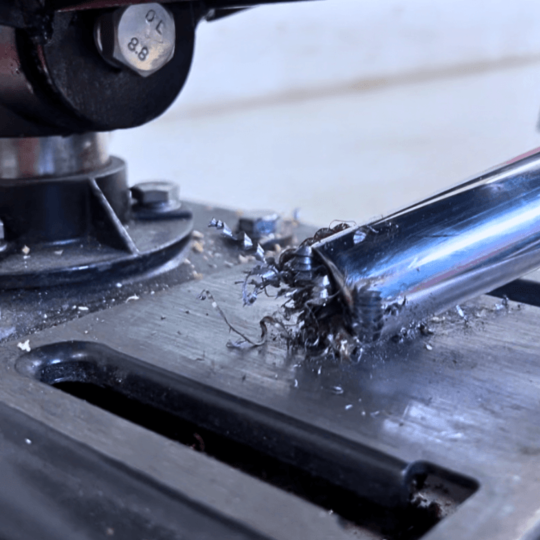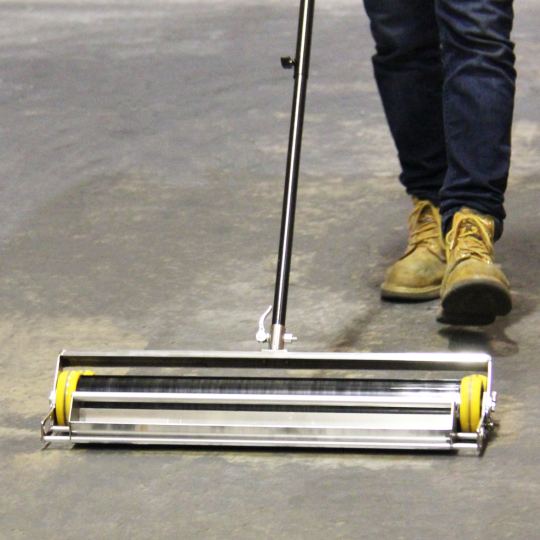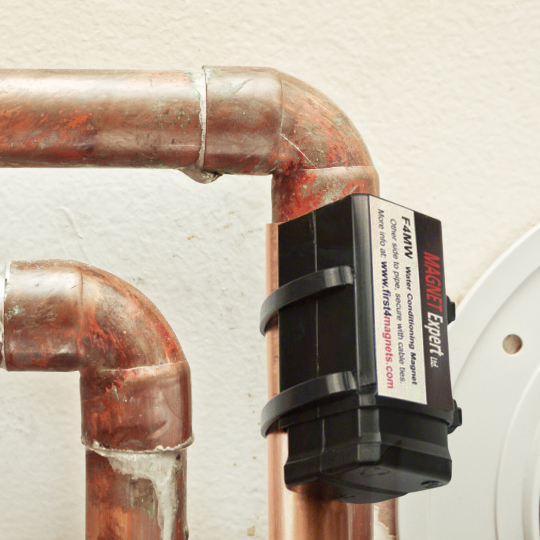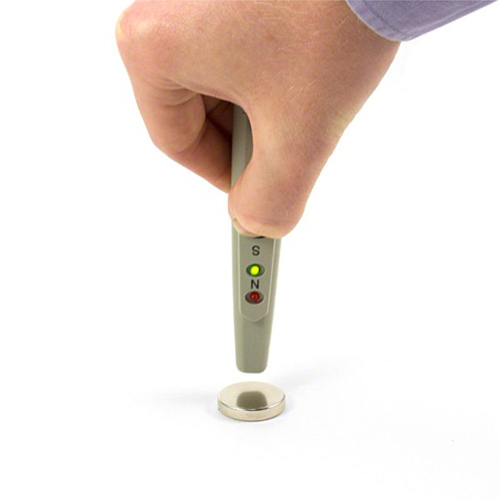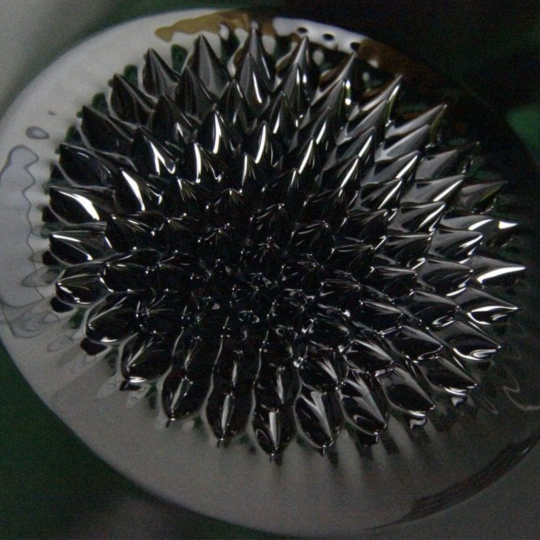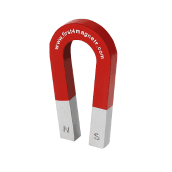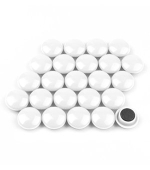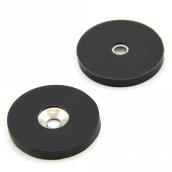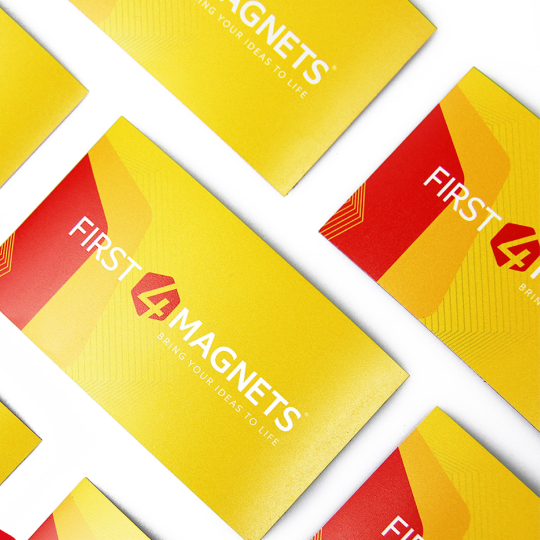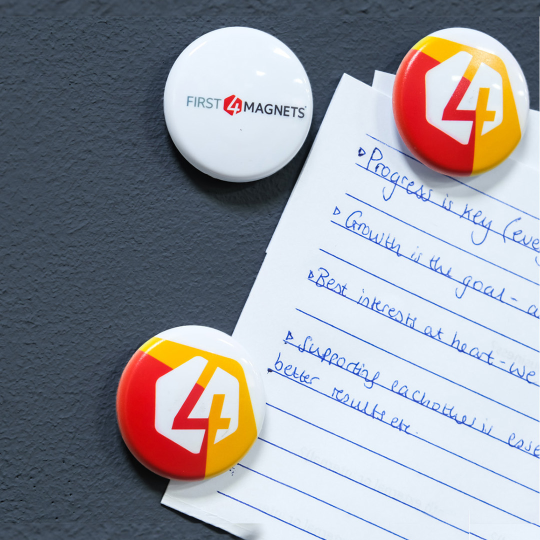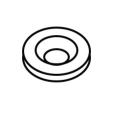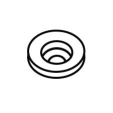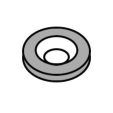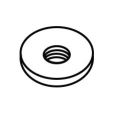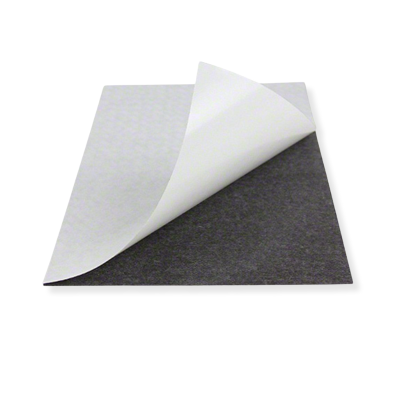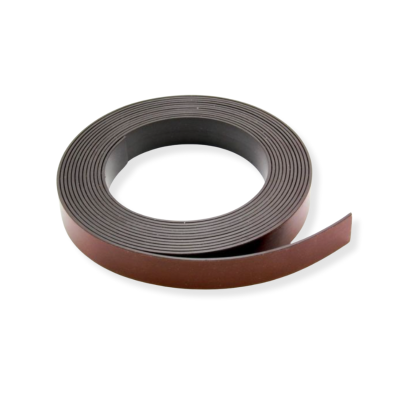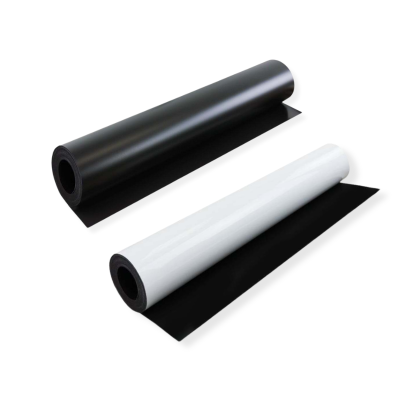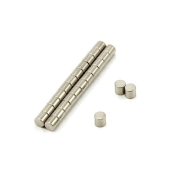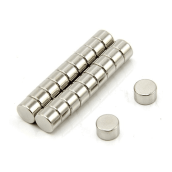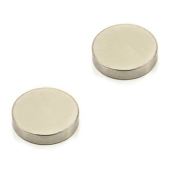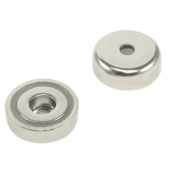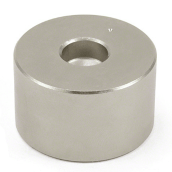How Does Temperature Affect Neodymium Magnets
In the application of neodymium magnets, it is critical to understand the maximum operating temperature of each grade of magnet. Neodymium magnets operate best at lower temperatures, they even get stronger as the temperature gets colder, to a point of approximately -130°C. However, some grades of neodymium magnets can also be exposed to very high temperatures before their properties begin to change and they lose their magnetism, either temporarily or permanently.

Did you know? Neodymium magnets operate better at colder temperatures.
As a rule Neodymium Magnets lose 0.11% of their magnetism for every 1 degree celsius rise in temperature. This small loss is fully recoverable on cooling, providing that the maximum operating temperature is not exceeded. If it is exceeded, then the small loss will not be recovered on cooling and successive hot-cold cycles will see the magnetic performance deteriorate.
The two letters following the grade name determine the temperature rating and represent the highest operating temperature the magnet can withstand before its magnetic properties are critically affected. These ratings should always be treated as a guide value as other factors such as size and shape also have an impact on the performance of a magnet at high temperatures.
Regular neodymium magnets are strongest operating up to temperatures of 80°C but after this point, they will lose their magnetic output. On the other hand, grades with a ‘VH/AH’ rating can operate in temperatures up to 230°C. See the table below for maximum operating temperatures of each grade.
Neodymium magnets can also be affected by permanent demagnetisation fields and radiation so it is important to always fully understand the environment that the magnet will be used in.
For example, a neodymium magnet in free space will demagnetise at a lower temperature than the same sized magnet connected to a piece of mild metal.
Magnets love the cold, a neodymium magnet will continue to do its job in operating temperatures down to -130°C. At which point direction of magnetism is said to shift reducing performance by about 15%. Although magnets do hate being moved from really cold temperatures to really hot very quickly, this thermal shock could cause them to break or crack.
| MAGNET TYPE SUFFIX | Max. Working Temperature (based on High working point) |
| No suffix | 80 ºC = 176 ºF * |
| M | 100ºC = 212 ºF |
| H | 120ºC = 248 ºF |
| SH | 150 ºC = 302 ºF |
| UH | 180 ºC = 356 ºF |
| EH | 200 ºC = 392 ºF |
| AH | 230 ºC = 446 ºF |
| * 60 ºC for N50 and N52 |
Can neodymium magnets weakened by heat be remagnetised?
If the maximum operating temperature of the grade of neodymium is exceeded the magnets will be weakened, if exceeded enough the magnets will become demagnetised. It is possible to remagnetise neodymium magnets but they will not be as strong as they were originally. The more the operating temperature is exceeded the weaker the magnets will be after remagnetisation.For high temperature applications, samarium cobalt and high temperature neodymium magnets should be considered.
SHOP HIGH TEMPERATURE NEODYMIUM MAGNETS
How to buy Neodymium Magnets
